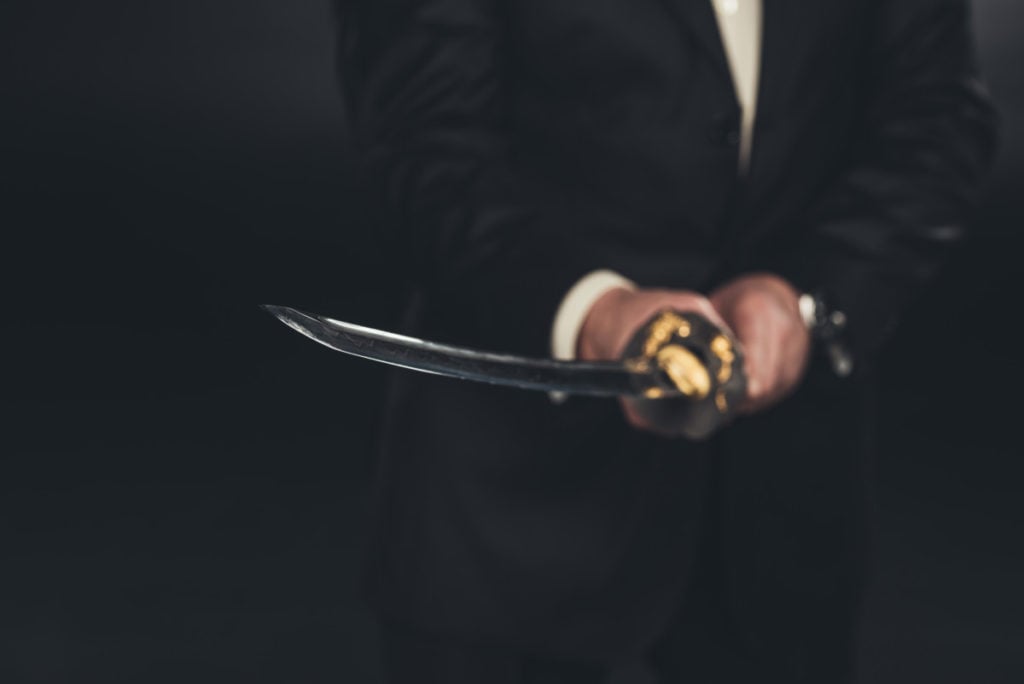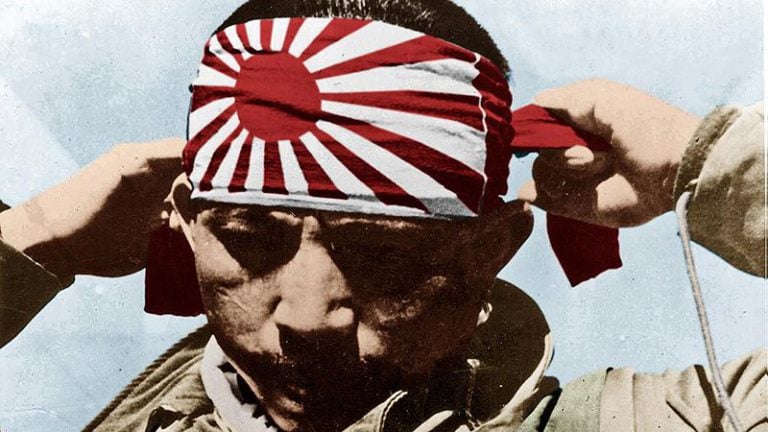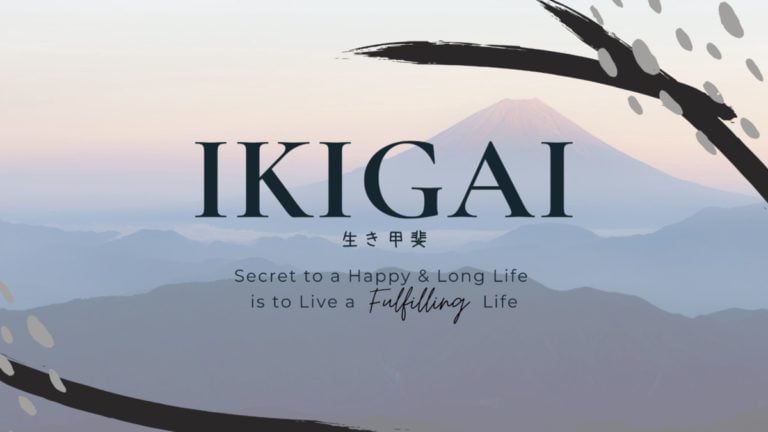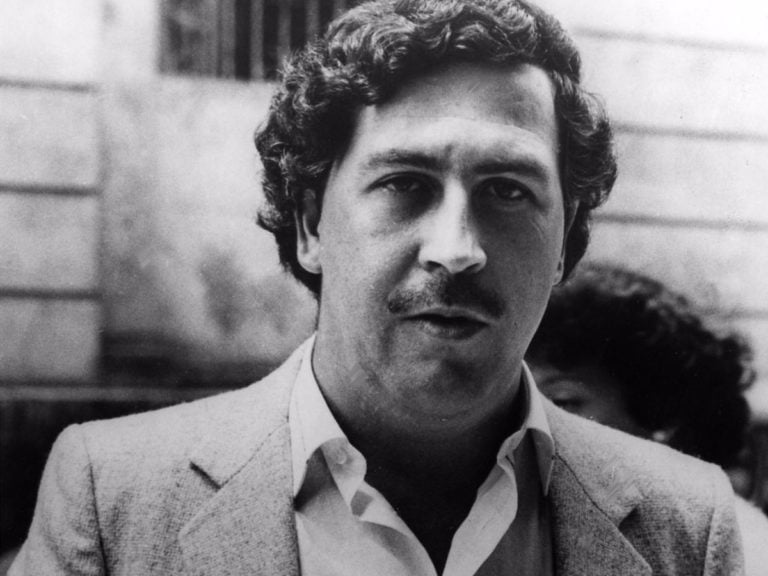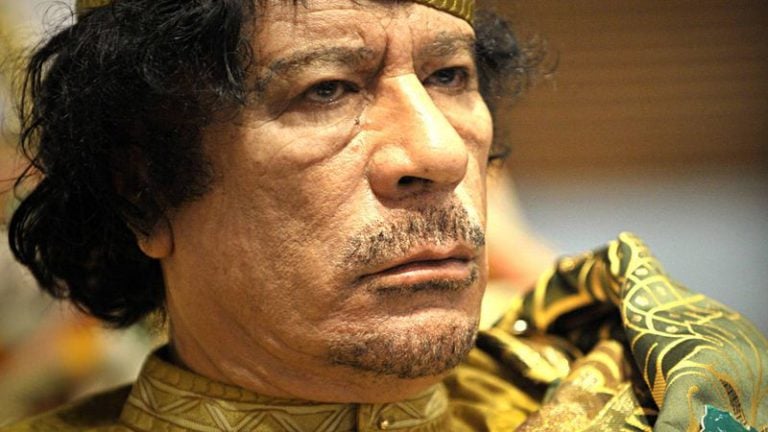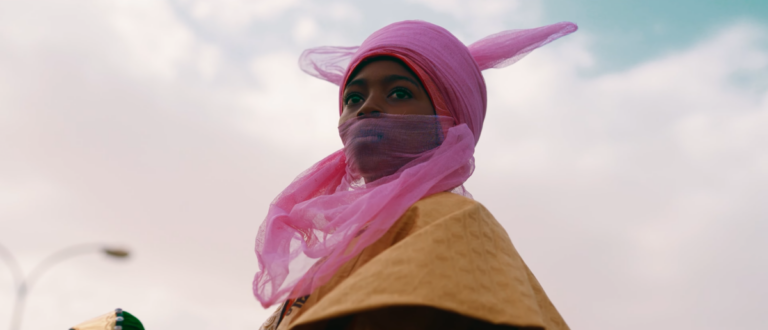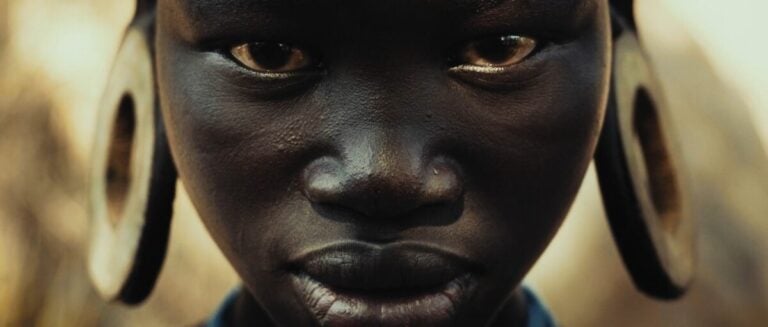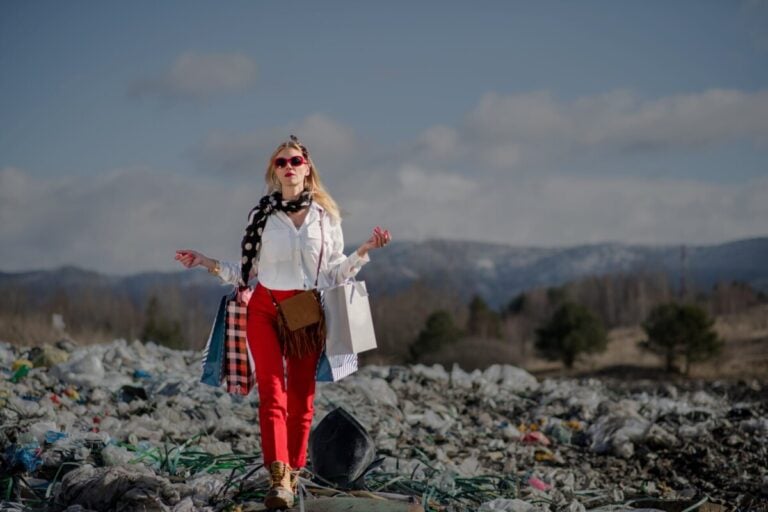Yakuza is the name of the largest criminal group in Japan and the world with over 100,000 members, also known as Gokudo.
- 1. Origin of the name Yakuza
- 2. The four main yakuza families
- 3. Yakuza Family Structure
- 4. Sakazukigoto - Initiation Ritual
- 5. Yubitsume Ritual
- 6. Yakuza tattoos
- 7. Written exam
- 8. Sanja Matsuri
- 9. Bob the Builder
- 10. Solidarity during the 2011 tsunami
- 11. Prosthesis for former Yakuza members
- 12. Yakuza illegal activity
- 13. Olympus and Yakuza
- 14. Yakuza in politics
- 15. Yakuza Journal
- 16. Hobbin-Wood Syndrome
- 17. Yakuza in the movies
For the police and the press, this criminal organization is called Boryokudan, which means “Violence Group”, but its members often refer to themselves as Ninkyo dantai, which means “Knight’s Organization”.
The yakuza are believed to have originated in the middle of the Edo period (1603–1868) and were originally divided into two groups: tekiya (those who sold illegal, stolen, or substandard goods) and bakuto, those who participated in illegal games or played them.
Tekiya (pedlars) and bakuto (illegal gamblers) came from the lower socio-economic classes of Japanese society, and most of the members are believed to be of Korean origin or other ethnic groups such as burakumin.
1. Origin of the name Yakuza
The player’s score in this game is determined by adding up the points on several cards and using only the lowest number, so according to the rules of the game, 20 equals 0 points. Thus, the original meaning of the word yakuza was “without glasses”, or “useless people”, or “gambling people”.
2. The four main yakuza families
The Yakuza Mafia is known for its illegal activities, codes of conduct, and extreme organization. She has a great deal of influence in Japanese media and politics, and is also active internationally.
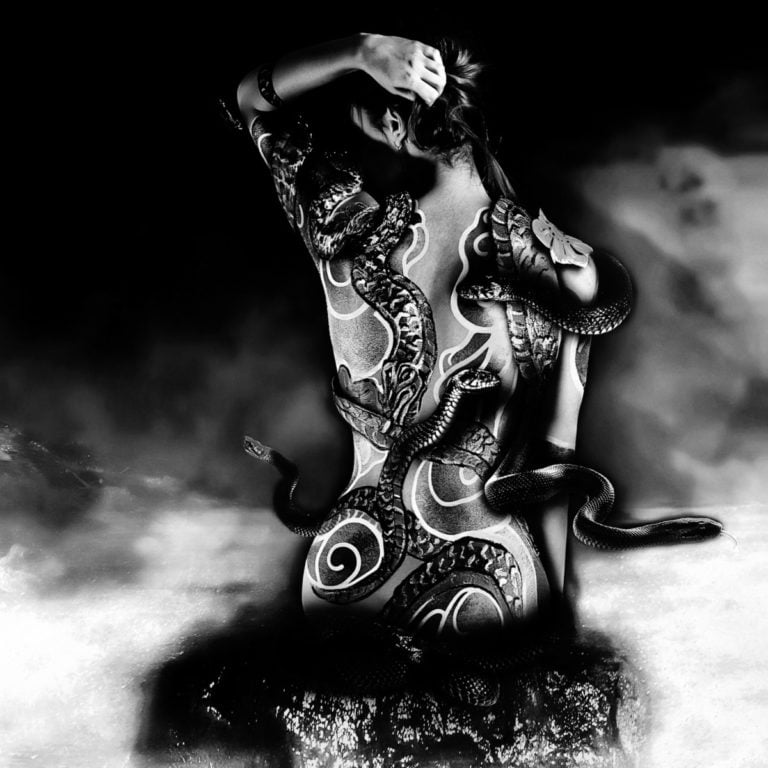
The Yakuza currently has over 103,000 members belonging to four main families:
- Yamaguchi-gumi: This is the largest in all of Japan, with 40,000 members divided into 750 clans. Its Oyabun (leader) is Kenichi Shinoda, it was founded in 1915 and is headquartered in Kobe. This organization leads various criminal activities not only in Japan, but also abroad.
- Sumiyoshi-rengo: This is the second largest yakuza family in Japan, with over ten thousand members divided into 177 clans. Her current Oyabun is Shigeo Nishiguchi, Osomuya Tanaka. This is Yamaguchi-gumi’s enemy.
- Inagawa-kai: This is the third largest yakuza family in Japan, with over 7,000 members and divided into 177 clans. Her current Oyabun is Kakuji Inagawa. It was the first yakuza to operate outside of Japan.
- Toua Yuai Jigyo Kumiai: This is the fourth largest yakuza family, with over a thousand members and divided into 6 clans. Her current Oyabun is Satoru Nomura. Founded in 1948 by Hisayuki Machi, who is of Korean descent, and therefore consists mainly of members of Korean descent.
3. Yakuza Family Structure
The structure of the yakuza is pyramidal, with the leader at the top and various positions below it. At the top is the Oyabun (father). Below him is Kobun (adopted son), and his relationship with Oyabun is based on unconditional loyalty and blind obedience. In return, Kobun receives protection and favor from the Oyabun.
Below are Saiko-Komon (clan manager), Wakagashira (clan manager), and Shateigashira (second clan manager). Below them are Shingin (adviser), Kaikei (accountant) and finally Kyodai (older brothers), Shatei (younger brothers) and Wakashū (young leaders).
4. Sakazukigoto – Initiation Ritual
Because of their hierarchical nature, newcomers to the yakuza organization must report to more experienced members. The yakuza has a complex structure, and it takes a long way to climb to the top of the hierarchy. But there is an initiation ritual that every newcomer must go through, known as Sakazukigoto.
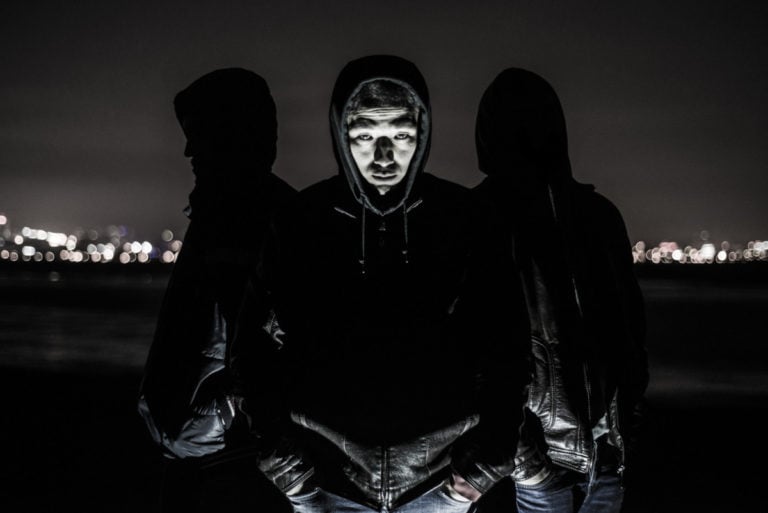
During the ritual, the initiate stands in front of his oyabun while other participants serve sake. The newcomer is served a smaller portion and the oyabun cup is filled to the brim to show his status. Thus begins the bond between the kobun and the oyabun.
Often the ceremony is held at a Shinto shrine. As most people know, sake is the typical drink in many ceremonies in Japan, including religious ones. It is considered a link between man and the gods, and also serves to strengthen relationships between people.
5. Yubitsume Ritual
When someone joins the yakuza, it’s like a pact for life. A member must be absolutely loyal to his clan, and once he breaks any rule of the organization, he is punished by amputation of the tip of his little finger in a ritual known as Yubitsume.
In the case of new violations, the rest of the finger is cut off, moving to other fingers if necessary. The finger cut is associated with the weakening of the swordsman’s hand when wielding a sword, and thus also symbolizes the weakening of a member of his clan.
6. Yakuza tattoos
One of the most prominent features of a yakuza member is the tattoo on his body through a craft practice known as Irezumi. This practice is considered a sign of courage due to the pain the method causes. On the other hand, due to his association with the mafia, many public pools and water parks prohibit tattooed people from entering.
Many government agencies also do not accept workers with tattoos for the same reason. Although the number of non-mafia tattooed people is high, the stigma remains and tattooing can be a barrier for many citizens to find work.
7. Written exam
In 2009, the Yamaguchi-gumi faction created a 12-page exam for its members. The move came after the government enacted tougher laws against organized crime. The test was the group’s attempt to make sure the members were aware of the new laws and thus avoided problems.
The test tests participants’ knowledge of the details of the “actions” that are allowed or prohibited. With a good knowledge of crime control law, leaders can better guide their subordinates regarding the actions to be performed, preventing the entire group from suffering from the consequences of the action.
8. Sanja Matsuri
Sanja Matsuri is one of Tokyo’s biggest festivals, held annually on the third weekend of May at Senso-ji Temple in Asakusa. Many participants in this festival are members of the Yakuza. In everyday life, participants usually do not show off their tattoos, but at the festival they are allowed to.
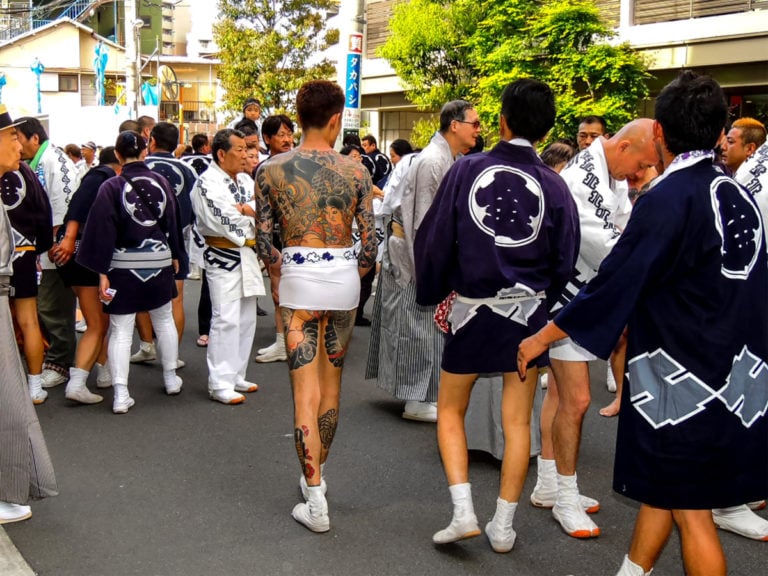
In addition to participating in the festival, some mikoshi (portable shrines) performing during the festival are funded by some Japanese mafia groups. They can weigh close to a ton and cost an average of $500,000 (about 40 million yen).
9. Bob the Builder
When exported to Japan, the character Bob the Builder would have to have five fingers instead of the original four. All this because the character would be associated with the practice of Yubitsume, when the tip of the little finger was cut off as punishment for members of the yakuza.
10. Solidarity during the 2011 tsunami
When the tsunami hit Japan in 2011, the yakuza were among the first to help victims in the affected areas, even before the Japanese government. Yakuza mafia groups have delivered food, water, blankets and toiletries to evacuation centers in northeastern Japan.
And this is not the first time the mafia has shown this gesture of solidarity. In 1995, when an earthquake hit Kobe, Japan’s fifth largest city, the yakuza helped the victims by delivering supplies on scooters, boats, and even helicopters to areas affected by the great disaster.
11. Prosthesis for former Yakuza members
Many members who choose to leave the yakuza find it difficult to adjust, especially those who lost their little finger during the Yubitsume ritual. To offer these people a normal life without discrimination, some manufacturers have created artificial limbs.
The absence of this member is immediately associated with a criminal gang, and thanks to a silicone prosthesis, carefully molded and very realistic in appearance, many former members of the mafia have a chance to reintegrate into society as good citizens and thus definitely start a new life.
Aiwa gishi, a Tokyo-based company, has made prostheses for more than 300 former yakuza members, but the company isn’t limited to just those clients, helping people who were born without fingers or lost them in an accident. However, the price of the prosthesis is a bit high. It costs about 200,000 yen.
12. Yakuza illegal activity
The yakuza is responsible for virtually all illegal activity in Japan. This includes espionage, drug and firearms trafficking, gambling (pachinko), loan sharking, and extortion. Engaged in prostitution, bringing sex slaves from Russia, China and other Asian countries such as the Philippines and Thailand.
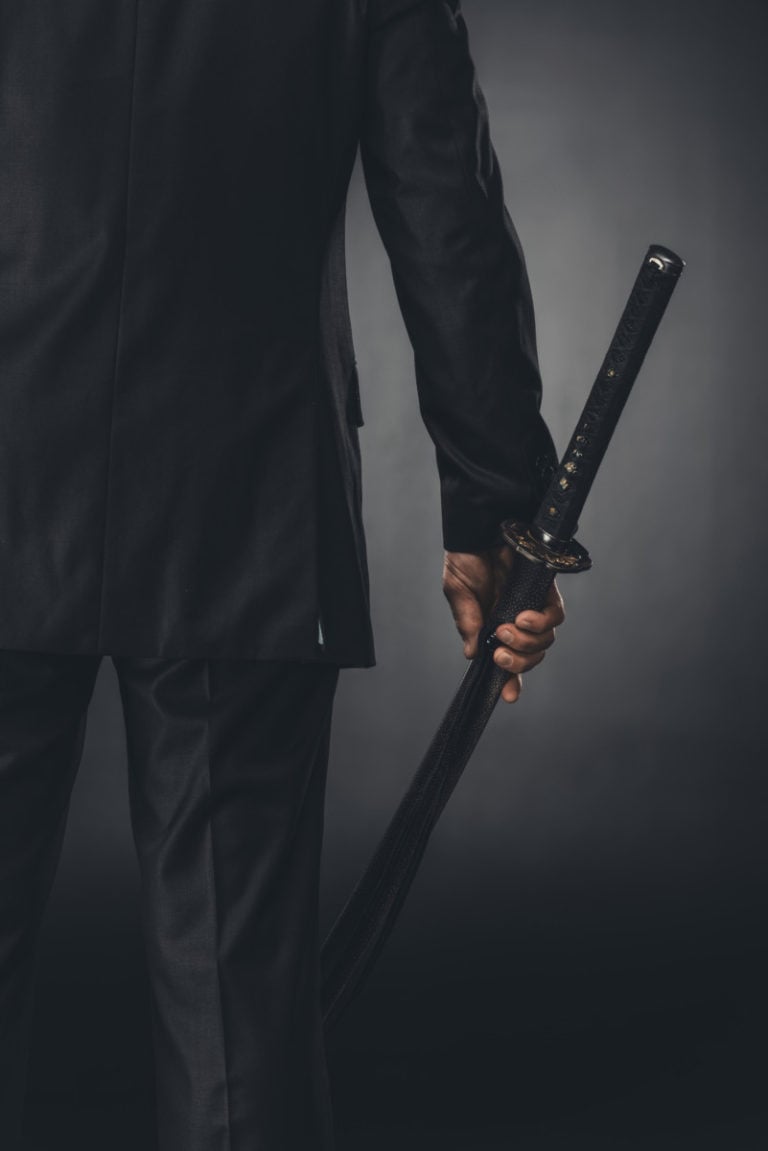
Among their illegal activities is Sokaiya, a blackmail method practiced on a large scale. This practice involves buying enough of the company’s shares to make it to the shareholders’ meeting. First, however, members of the mafia conduct a thorough search of the company to uncover cases of misconduct or other business secrets.
They often fabricate facts and fabricate evidence to further compromise the company. And in order to keep the secret, not allowing a scandal to break out, the mafia blackmails the company, extorting a lot of money from it. And all this is done behind the scenes, and the threats are indirect.
13. Olympus and Yakuza
Olympus Corporation is a Japanese optical equipment manufacturing company. Founded by Takeshi Yamashita, it began operations in October 1919 with the production of microscopes and thermometers, which are currently standing out in the market for digital cameras, medical and scientific equipment.
In 2011, the company’s CEO, Tsuyoshi Kikukawa, was fired on the grounds that he had paid about $1.6 billion to one of the world’s top criminal organizations and Japan’s largest ever, the Yakuza.
The scandal spread all over the world on the covers of newspapers and on the main state television. Something similar happened in 1994 when Juntaro Suzuki, vice president of Fujifilm (also a Japanese multinational company), was killed by a katana (a typical Japanese edged weapon) for refusing to pay bribes.
14. Yakuza in politics
In 2012, Japanese Justice Minister Keishu Tanaka was forced to resign after his Yakuza connection was discovered. However, the mafia has always had an influence on Japanese politics. Prime Minister Nobusuke Kishi, for example, was closely associated with the Yamaguchi-gumi.
In 1971, Kishi, along with other politicians, rescued the leader of the Yamaguchi-gumi, who was convicted of murder. He also attended yakuza funerals and weddings. In addition, yakuza members are often seen as security guards or political campaigners during elections.
In addition, yakuza gangs can secure a certain number of votes for their favorite candidate. For example, the head of a yakuza gang in Kyoto provided 30,000 votes to elect the governor. At least four other prime ministers have been linked to the yakuza, most notably Noboru Takeshita, who came to power in 1987.
15. Yakuza Journal
The Yamaguchi-gumi created an official magazine for its members called Yamaguchi-gumi Shinpo. The magazine includes haiku poems and articles about fishing. The magazine, which is not public domain, is intended to mention traditional yakuza values such as loyalty and discipline.

The organization’s membership was declining, and the magazine was a way to boost morale and try to reduce people’s negative image of the mafia, especially after the Kyushu conflict, which involved other yakuza groups, in which innocent civilians were among the victims.
The magazine is also an attempt by the Yamaguchi-gumi to recruit new members by showing the populace that it is an old organization that upholds traditional Japanese values and that its members are not a bunch of violent thugs like those involved in the Kyushu conflict.
16. Hobbin-Wood Syndrome
Some members of the Japanese mafia are believed to be descendants of kabuki-mono, 17th-century samurai who served the shogun during the Tokugawa era.
In times of peace, many of them became ronin and entered the world of crime, living in communities involved in the management of gambling and other illegal activities.
Many people like to claim to be descendants of “Yokko-machi” (city servants), heroes who protected the poor and peasants during the Middle Ages in Japan. These romantic notions of a life of crime mean that the organization eventually acquires a positive image among the public.
17. Yakuza in the movies
For those who love cinema, there are good options on this subject. Some of the classics are: Bakuto Gaijin Butai (Okinawa Gang War) by Kinji Fukasaku, the same director of the 1973 series Battles Without Honor and Humanity, which dealt with the same theme.
Other classic films: Takeshi Kitano’s Sonatina, 1993 production, Masahiro Shinoda’s Kawaita Hana (Pale Flower), Koroshi no Rakuin (Born to Kill), Seijun Suzuki, Showa Zankyo-den (Cruel Stories of the Brave ) Kiyoshi, Saeki, “Sussho Iwai” (Wolves) Hideo Gosha.
